Dracaena diseases: types, methods of treatment and prevention
Dracaena considered one of the most unpretentious exotic plants. She, like a southern palm tree, adorns the corners of rooms, offices and greenhouses. The plant has an interesting structure and instantly attracts attention with its shaggy tops. Dracaena has been compared to a dragon because of its leaves and crown shape. Many breeders believe in the magical power of dracaena - according to many legends, it brings happiness and prosperity to the family.
It is a pleasure to grow it. A small tree is unpretentious, capable of enduring shade and does not require special skills and abilities from a grower. Nevertheless, in order to grow a luxurious and fluffy palm tree, you should know about the rules of care and cultivation, possible ailments and methods of dealing with them. The grower will find all the useful information in this short but capacious horticultural reference.
Content
- Description and features of dracaena
- Proper care is the key to a healthy plant
- Transfer
- Dracaena diseases and methods of struggle
- Prophylaxis
Description and features of dracaena
Dracaena is a tree or succulent shrub and belongs to the asparagus family. Until recently, it was attributed to the agave family, but later the classification was changed. Today there is a separate family - dracaena.
The plant is conventionally divided into two categories: tree and shrub.
The first ones grow in Africa and Asia. These are huge, massive trees with impressive apical panicles resembling a lion's mane. These trees are also called dragon trees. Shrub, small dracaena, more often found in Central America and represent a spectacular undergrowth.
- Dracaena stems become lignified as they grow, that is, a secondary thickening of the stem occurs. Leaves do not grow on it, the stems are bare, grayish-brown in color.
- At the top of the stem, bunches of long and narrow leaves are formed.
- The crown is green or dark green, shiny.
- The color of the leaves depends on the variety of dracaena and varies from one to three colors. More often the leaves are long, falling down, but there are also varieties where the greens are oval, elongated shapes.
- Dracaena blooms only in the wild in small inflorescences that resemble a jellyfish. The color of the flowers ranges from white to a delicate violet shade. Some dracaena varieties have a pleasant aroma.
Dracaena is appreciated not only for its decorative appearance, but also for the valuable qualities of the juice and the structure of the leaves. It is quite easy to grow a "dragon", however, you must follow the rules leaving behind the plant.
Proper care is the key to a healthy plant
Dracaena rather unpretentious plant, but there are several conditions cultivation... They must be observed, otherwise the bush can get sick and die. First of all, choose a place with subdued lighting - an angle is better. There should be a lot of ambient light in the room or garden. Although many varieties tolerate partial shade well. Choose rooms and areas with an east or west direction for dracaena. FROM
It is not recommended to put dracaena close to the window, direct sunlight is contraindicated for it.
The optimum temperature in summer is 20 ° -23 °. In winter - 18 ° -20 °, but not less than 15 °. Dracaena loves warm and humid air.Does not tolerate drafts and sudden temperature changes. It is desirable to provide all these conditions for growing a plant. Otherwise, problems will begin, illness and pests.
Correct watering:
- Dracaena loves moisture, but not dampness. In summer, it is watered quite often, based on the degree of drying of the soil. Moreover, you need to check the degree of humidity with a wooden stick, driving it to the bottom of the pot. This is done in order not to overflow the plant, otherwise there will be a risk of root rot.
- In winter, dracaena is watered less often, about once a week. However, if the air in the room is dry, the plant needs spray warm, settled water. It is also important to ensure that during the sprinkling process, water does not fall into the rosettes of the leaves - this can provoke trunk rot.
- The spraying procedure is more often carried out in the summer, in the winter it is either stopped or minimized.
Top dressing:
- Dracaena is fed in spring with complex mineral fertilizers for variegated plants or a fertilizer specially designed for dracaena.
- In winter top dressing stop.
- It is very important to ensure that phosphorus and nitrogen compounds do not prevail in the complex. Over-saturation of the plant with fertilizer can lead to crown disease.
- They feed her once a month during the summer months. Always moisten the soil before fertilizing. So there will be no burn root system.
Transfer
Dracaena is transplanted once every 2-3 years. Focused on root growth. If they begin to bulge out of the soil and rest against the pot, then it's time transplants... Choose a pot 2 to 3 cm larger in diameter than the previous one.
Be sure to lay a layer of expanded clay or pebbles at the bottom of the flowerpot. Drainage will prevent root rot that occurs when water stagnates at the bottom of the pot. The substrate mixture usually contains deciduous soil, humus, and some charcoal. Many growers add peat, but this is not required. The ratio of parts of soil - one part from all components. Charcoal disinfects the substrate well.
Dracaena is transplanted in March or April.
Compliance with all the rules cultivation, care and conditions of detention will allow you to forget about the diseases and pests of dracaena. The tree will be lush and beautiful. Also try not to allow direct sunlight to hit the crown and provoke a draft in the room with the dragon tree. These simple rules promote healthy plant growth.
Dracaena diseases and methods of struggle
Dracaena has quite a few diseases, and all of them, as a rule, appear due to improper care. It is more appropriate to classify ailments based on care errors.
The following diseases of dracaena are distinguished:
- The leaves become covered with white or yellow spots, the edges dry out, the upper part of the root system is damaged. The cause of the disease is temperature drops or a very low temperature of the content. Change the content mode.
- The edges of the leaves become watery and colorless, falling off over time. The reason is wrong feeding... Very often, gardeners apply a large amount of fertilizers containing fluoride, which has a detrimental effect on dracaena. Another reason can be a draft. Change the content mode.
- The trunk and leaves begin to turn brown, become soft - these are signs of root rot. Cause is wrong watering... If the plant is overflowed and there is no drainage at the bottom of the pot, rot may develop. There is no cure for root rot, but you can try to save the plant with transplants.
- The leaves become colorless, the stems begin to curl. The reason is insufficient or excess lighting. Change the content mode.
- The leaves turn yellow, the roots become soft - these are signs of the fungal disease Pythium. The fungus is usually already in the substrate, so it is important to add charcoal to it. This will rid the plant of the fungus. There is no cure for the disease. The plant dies.
- Spots of a red-yellow hue appear on the leaves, later they turn black - signs of fusarium. The reason is poor lighting and low temperatures. Can be cured with fungicides.
As for pests, they appear at too high temperatures of the content, drafts and overflow of the soil. Usually these are scale insects, thrips and spider mites. Parasites are removed with a cotton pad dipped in alcohol. The plant is treated with insecticides. All of these diseases can be easily prevented. It is enough to follow the rules of care and maintenance of the dracaena.
Prophylaxis
As a preventive measure, you should properly water the plant and not be zealous with top dressing... Monitor the temperature and do not expose the plant to drafts. If the pot with dracaena is in a quiet and warm place, with moderate lighting, there will be no problems with diseases. Growers advise choosing places where there is enough light to read the book. Try this method. This will help you find the perfect place to dracaena.
In fact, it is quite simple to comply with all the rules of care and conditions of detention - do not neglect them and the dracaena will become a real decoration of any room.
It is easy to grow a luxurious home palm tree. The flower grower only needs to observe the temperature regime, the degree of humidity and monitor the absence of drafts. Follow the helpful horticultural advice and enjoy growing an unusual plant - dracaena... Good luck!
More information can be found in the video.




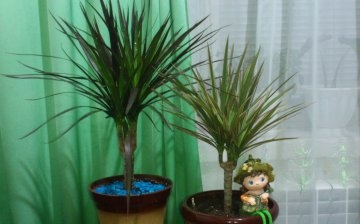



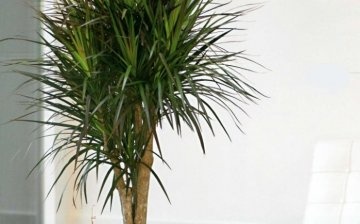






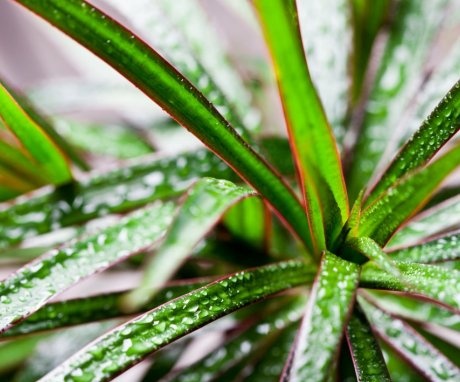
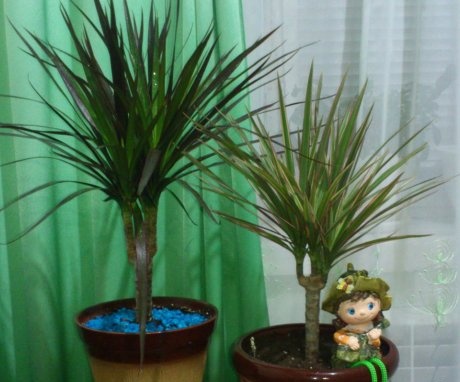
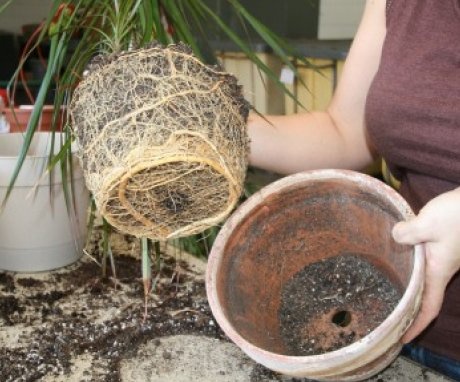
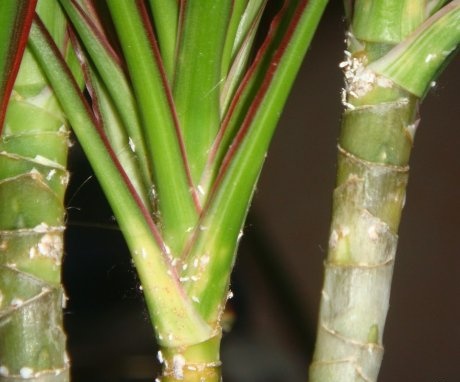
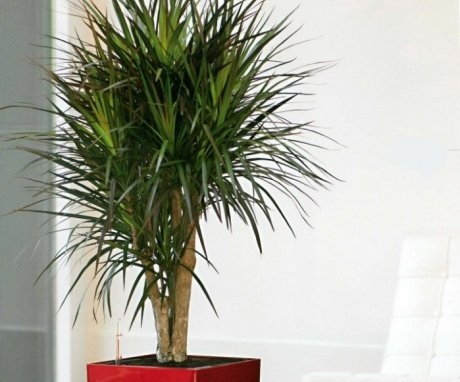
We have a plant in our apartment. We water it once a week, but we rarely feed it. We spray dracaena, as well as feed. We have not transplanted this beautiful tree for about five years. This year it will be necessary to do it, especially since we are not late in terms of time.